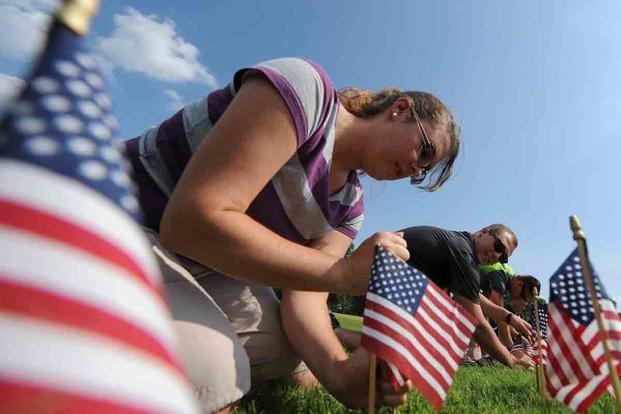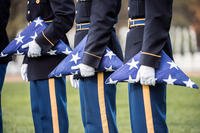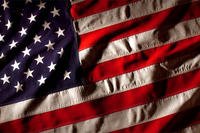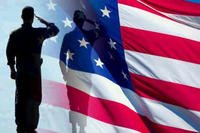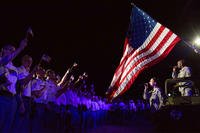Flag Day is not the top holiday in June, it’s not one universally celebrated around the country and it's not even in the top three of the most patriotic holidays in America. You’d be hard-pressed to find Flag Day drink specials at your local watering hole or a Flag Day mattress blowout sale at Target.
But there should be. Flags are a key symbol of nationalism. What’s so important about Flag Day is that it recognizes the day -- June 14 -- that the Stars and Stripes were adopted as the official flag of the United States of America.
Now Read: 15 Things You Need to Know About the American Flag
There are a lot of great things to learn about Old Glory and how to fly it (see the link above) and once you do, Flag Day might suddenly become a lot more important than it was before. Here’s everything you need to know about Flag Day.
The Original Flag Day
Flag Day was first celebrated in 1877 on the centennial anniversary of the original resolution adopting the stars and stripes as the official flag of the nascent United States. In 1777, the Continental Congress adopted the flag by a resolution that laid out the colors and the general configuration of the flag.
It wasn’t until 1885 that Flag Day became a national, annual event. The “Father of Flag Day,” BJ Cigrand, organized a group of kids to observe the first annual Flag Day on its 108th birthday. Slowly, the idea of a national Flag Day grew. Celebrations in Chicago, New York, Pennsylvania and elsewhere popped up around the country.
Flag Day Goes Nationwide
For about 30 years, Flag Day was limited to state and local municipalities, but the popularity of celebrating the American flag’s birthday grew with the rise of nationalism in the United States. Calls for a national Flag Day can be traced as far back as 1861, and Pennsylvanian William T. Kerr even chaired the national American Flag Day Association for 50 years, starting in 1889.
In 1916, President Woodrow Wilson recognized Flag Day as a national holiday in a presidential proclamation. This came at the behest of the Benevolent and Protective Order of Elks, which had adopted June 14 as its Flag Day in 1907. It wasn’t until 1949, however, that an Act of Congress, signed by President Harry S. Truman, firmly established Flag Day as a national holiday.
How to Celebrate Flag Day
Unlike Memorial Day or Labor Day, Flag Day is not a federal holiday. This means that a Flag Day that falls on a weekday doesn’t shut down non-essential government operations, close the stock market or anything like that. It’s a day to mark and learn the history of the American flag.
Many veteran service organizations use Flag Day as a day to dispose of old or worn American flags properly, while other organizations hold essay contests to spread knowledge about the flag and its storied history. But to celebrate Flag Day on your own can be as simple as raising the flag at home in adherence to the Flag Code that governs its proper display.
-- Blake Stilwell can be reached at blake.stilwell@military.com. He can also be found on Twitter @blakestilwell or on Facebook.
Want to Learn More About Military Life?
Whether you're thinking of joining the military, looking for post-military careers or keeping up with military life and benefits, Military.com has you covered. Subscribe to Military.com to have military news, updates and resources delivered directly to your inbox.
